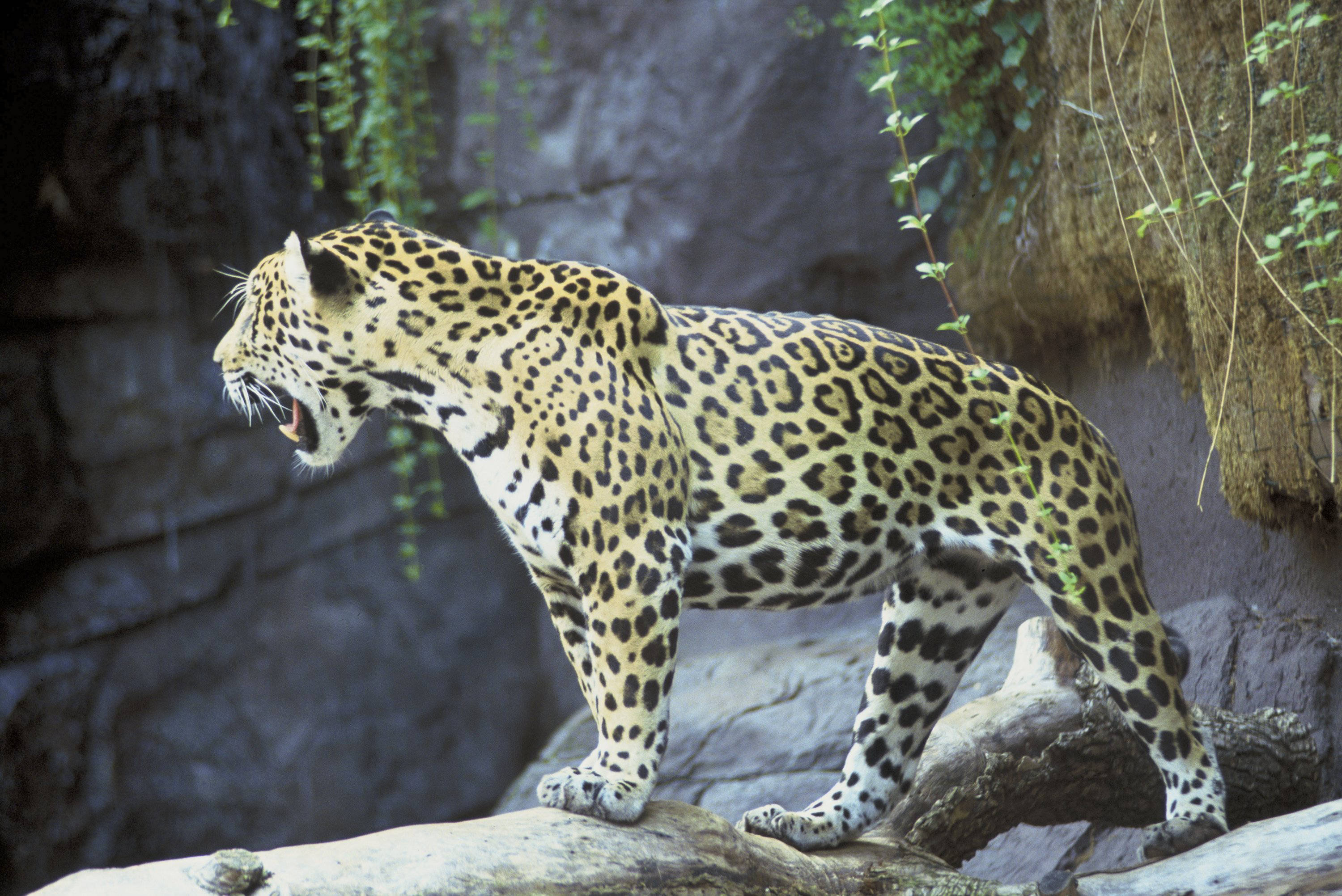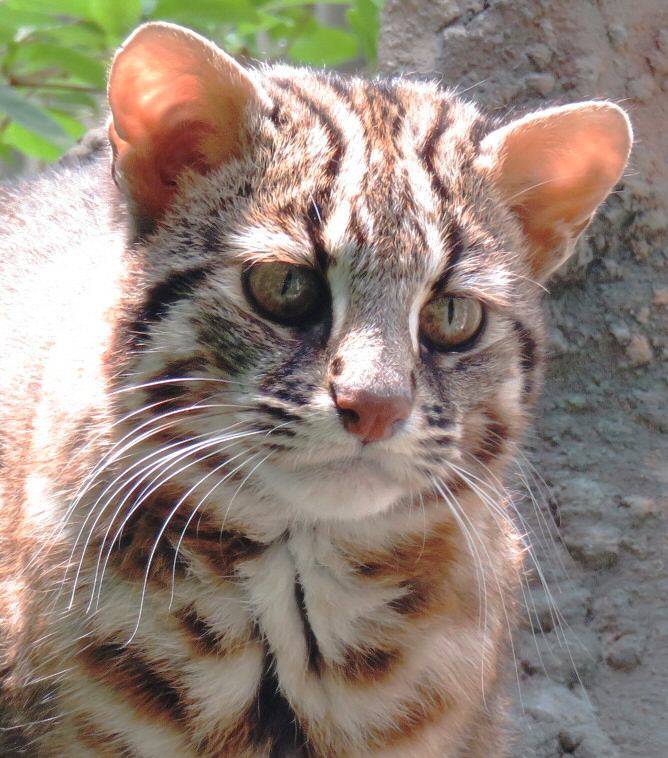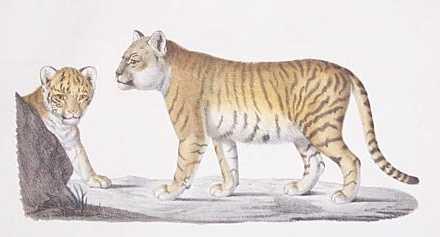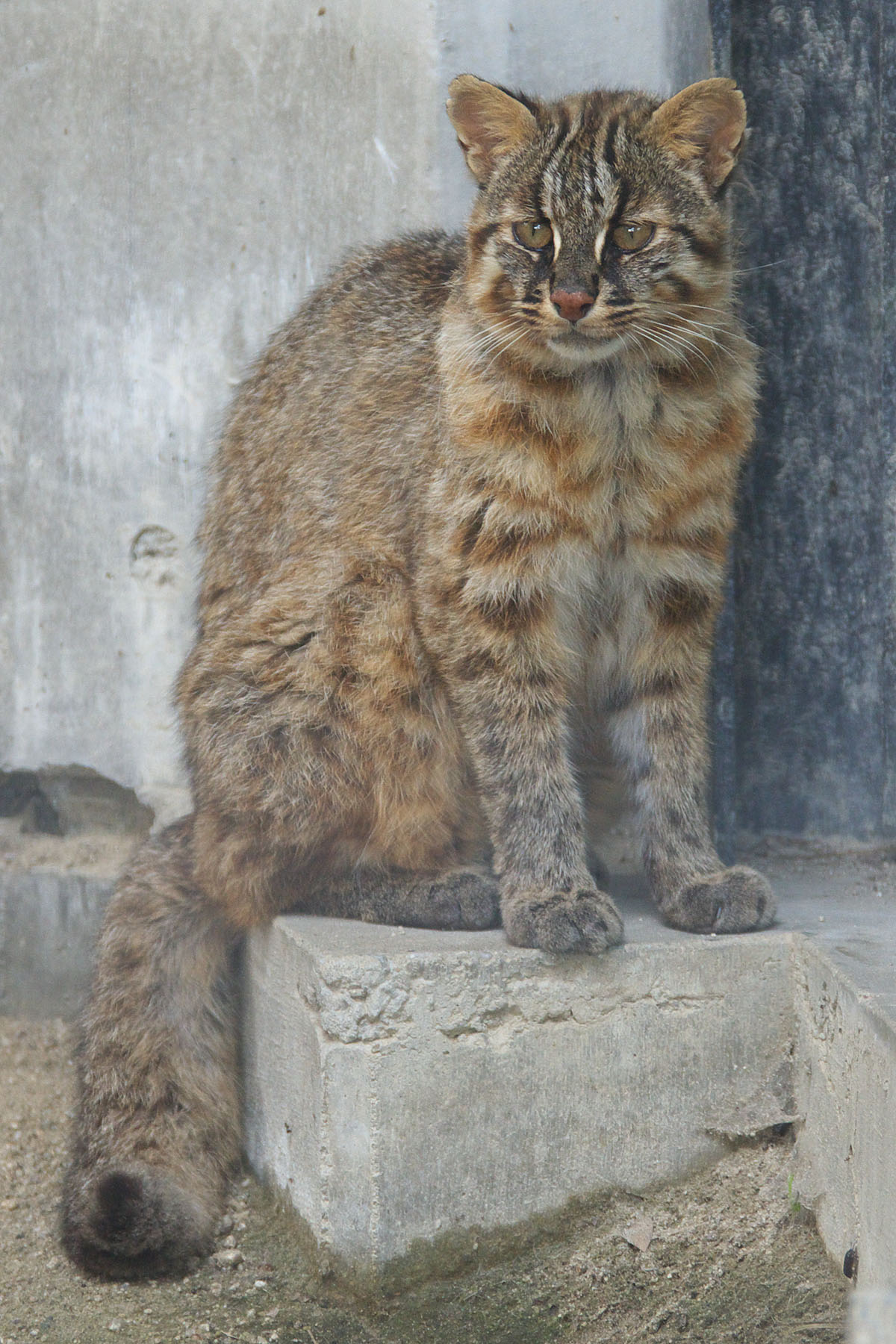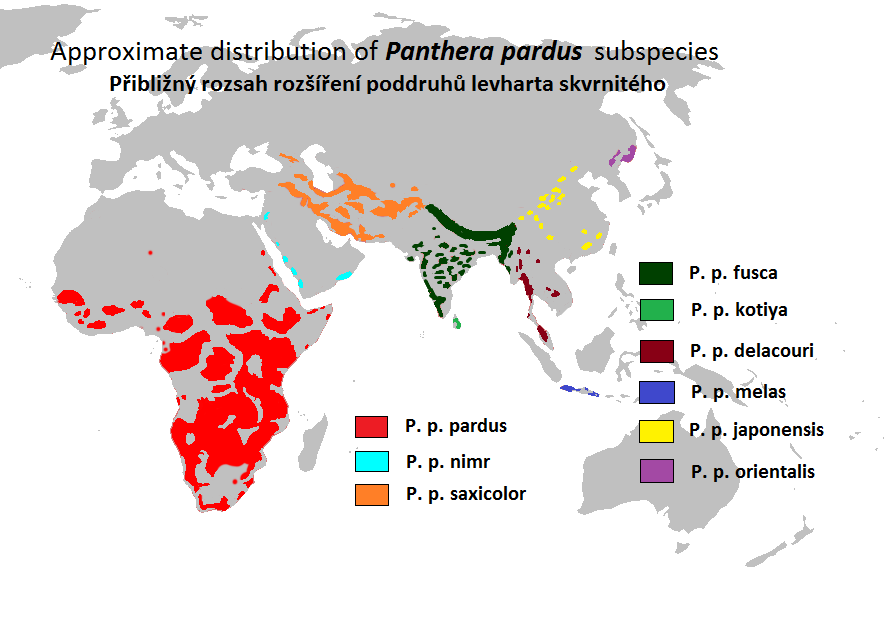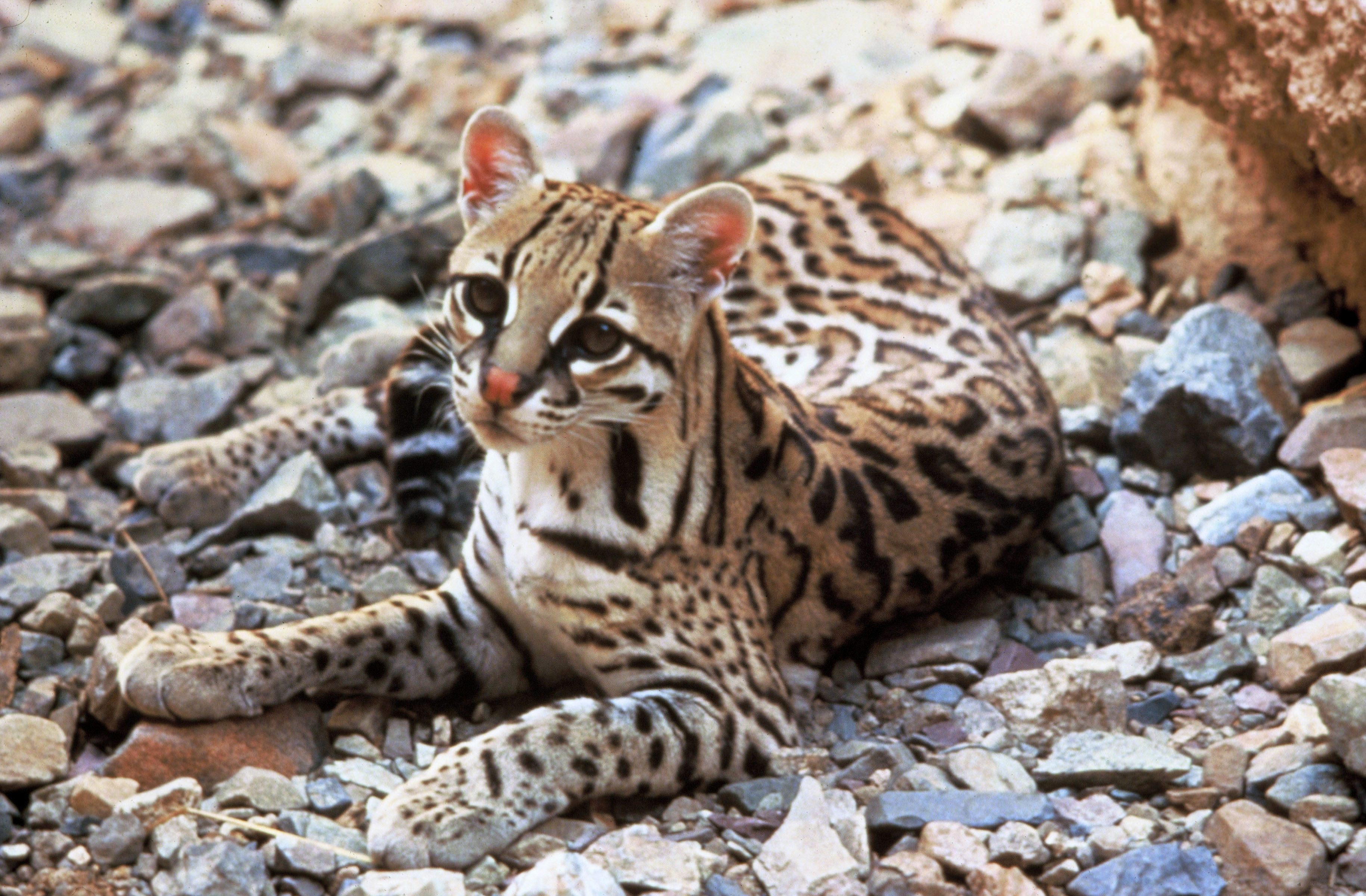|
Rosette (zoology)
A rosette is a rose-like Animal markings, marking or formation found on the fur and skin of some animals, particularly Felidae, cats. Rosettes are used to camouflage the animal, either as a defense mechanism or as a stalking tool. Predators use their rosettes to simulate the different shifting of shadows and shade, helping the animals to remain hidden from their prey. Rosettes can be grouped in clusters around other spots, or may appear as blotches on the fur. Leopard The leopard (''Panthera pardus'') has a wide variety of coat coloration. On each color variation, the leopard has rosette patterns on their backs, flanks, and limbs. They also have patterns that are considered to be spots and not rosettes on their heads, stomach, and limbs. Jaguar Like the leopard, the jaguar (''Panthera onca'') has a wide variety of coat coloration. The jaguar can have a coat in colors ranging from white to black with the most common residing in brownish yellow area. These big cats have rose ... [...More Info...] [...Related Items...] OR: [Wikipedia] [Google] [Baidu] |
Jaguar Animal Panthera Onca
The jaguar (''Panthera onca'') is a large felidae, cat species and the only extant taxon, living member of the genus ''Panthera'' that is native to the Americas. With a body length of up to and a weight of up to , it is the biggest cat species in the Americas and the List of largest cats, third largest in the world. Its distinctively marked Animal coat, coat features pale yellow to tan colored fur covered by spots that transition to Rosette (zoology), rosettes on the sides, although a melanistic black coat appears in some individuals. The jaguar's powerful bite allows it to pierce the Turtle shell#Carapace, carapaces of turtles and tortoises, and to employ an unusual killing method: it bites directly through the skull of mammalian prey between the ears to deliver a fatal blow to the brain. The modern jaguar's ancestors probably entered the Americas from Eurasia during the Early Pleistocene via the land bridge that once spanned the Bering Strait. Today, the jaguar's range ex ... [...More Info...] [...Related Items...] OR: [Wikipedia] [Google] [Baidu] |
Prionailurus Bengalensis
The leopard cat (''Prionailurus bengalensis'') is a small wild cat native to continental South, Southeast, and East Asia. Since 2002 it has been listed as Least Concern on the IUCN Red List as it is widely distributed although threatened by habitat loss and hunting in parts of its range. Historically, the leopard cat of continental Asia was considered the same species as the Sunda leopard cat. As of 2017, the latter is recognised as a distinct species, with the taxonomic name ''Prionailurus javanensis''. Leopard cat subspecies differ widely in fur colour, tail length, skull shape and size of carnassials. Archaeological evidence indicates that the leopard cat was the first cat species domesticated in Neolithic China about 5,000 years ago in Shaanxi and Henan Provinces. Characteristics A leopard cat is about the size of a domestic cat, but more slender, with longer legs and well-defined webs between its toes. Its small head is marked with two prominent dark stripes and a s ... [...More Info...] [...Related Items...] OR: [Wikipedia] [Google] [Baidu] |
Margay
The margay (''Leopardus wiedii'') is a small wild cat native to Mexico, Central and South America. A solitary and nocturnal felid, it lives mainly in primary evergreen and deciduous forest. Until the 1990s, margays were hunted for the wildlife trade, at which point the killing of the species was outlawed in most countries; however, years of persecution resulted in a notable population decrease. Since 2008, the margay has been listed as Near Threatened on the IUCN Red List, as the population is thought to be declining due to loss of habitat and deforestation. The scientific name ''Felis wiedii'' was used by Heinrich Rudolf Schinz in 1821 in his first scientific description of the margay, named in honour of Prince Maximilian of Wied-Neuwied, who collected specimens in Brazil. Characteristics The margay is very similar to the larger ocelot (''Leopardus pardalis'') in appearance, although the head is a little shorter, the eyes larger, and the tail and legs longer. It weighs ... [...More Info...] [...Related Items...] OR: [Wikipedia] [Google] [Baidu] |
Litigon
A ''Panthera'' hybrid is a crossbreed between individuals of any of the five species of the genus ''Panthera'': the tiger, lion, jaguar, leopard, and snow leopard. Most hybrids would not be perpetuated in the wild as the territories of the parental species do not overlap and the males are usually infertile. Mitochondrial genome research revealed that wild hybrids were also present in ancient times. The mitochondrial genomes of the snow leopard and the lion were more similar to each other than to other ''Panthera'' species, indicating that at some point in their history, the female hybrid progeny of male ancestors of modern snow leopards and female ancestors of modern lions interbred with male ancestors of modern snow leopards. History In theory, lions and tigers can be matched in the wild and give offspring. In reality, there may be no natural born tigon or liger in the world, as lions and tigers are separated both geographically and by behavioral differences. In England, Af ... [...More Info...] [...Related Items...] OR: [Wikipedia] [Google] [Baidu] |
Lion
The lion (''Panthera leo'') is a large Felidae, cat of the genus ''Panthera'', native to Sub-Saharan Africa and India. It has a muscular, broad-chested body (biology), body; a short, rounded head; round ears; and a dark, hairy tuft at the tip of its tail. It is sexually dimorphic; adult male lions are larger than females and have a prominent mane. It is a social species, forming groups called prides. A lion's pride consists of a few adult males, related females, and cubs. Groups of female lions usually hunt together, preying mostly on medium-sized and large ungulates. The lion is an apex predator, apex and keystone predator. The lion inhabits grasslands, savannahs, and shrublands. It is usually more diurnality, diurnal than other wild cats, but when persecuted, it adapts to being active nocturnality, at night and crepuscular, at twilight. During the Neolithic period, the lion ranged throughout Africa and Eurasia, from Southeast Europe to India, but it has been reduced to fr ... [...More Info...] [...Related Items...] OR: [Wikipedia] [Google] [Baidu] |
Liliger
The liliger is the hybrid offspring of a male lion (''Panthera leo'') and a female liger ('' Panthera leo''♂ × '' Panthera tigris''♀). Thus, it is a second generation hybrid. In accordance with Haldane's rule, male tigons and ligers are sterile, but female ligers and tigons can produce cubs. The first such hybrid was born in 1943, at the Hellabrunn Zoo. Description Male liligers are slightly larger than the females, and also sport a mane, a characteristic they share with male lions. While a liger will often inherit the sandy coloring and stripes of its parentage, liligers often develop rosettes similar to a leopard. History According to ''Wild Cats of the World'' (1975) by C. A. W. Guggisberg, ligers and tigon The tigon is a hybrid offspring of a male tiger (''Panthera tigris'') and a female lion, or lioness (''Panthera leo''). [...More Info...] [...Related Items...] OR: [Wikipedia] [Google] [Baidu] |
Liger
The liger is a hybrid (biology), hybrid offspring of a male lion (''Panthera leo'') and a tigress, or female tiger (''Panthera tigris''). The liger has parents in the same genus but of different species. The liger is distinct from the opposite hybrid called the tigon (of a male tiger and a lioness), and is the largest of all known Extant taxon, extant Felidae, felids. They enjoy swimming, which is a characteristic of tigers, and are very sociable like lions. Notably, ligers typically grow larger than either parent species, unlike tigons.Ligers ''messybeast.com''. Retrieved 4 September 2012. History The history of lion–tiger hybrids dates to at least the early 19th century in India. In 1798, Étienne Geoffroy Saint-Hilaire (1772–1844) made a colour plate of the offspring of a lion and a tiger. The name "lig ...[...More Info...] [...Related Items...] OR: [Wikipedia] [Google] [Baidu] |
Leopard Cat
The leopard cat (''Prionailurus bengalensis'') is a Felinae, small wild cat native to continental South Asia, South, Southeast Asia, Southeast, and East Asia. Since 2002 it has been listed as Least Concern on the IUCN Red List as it is widely distributed although threatened by habitat loss and hunting in parts of its range. Historically, the leopard cat of continental Asia was considered the same species as the Sunda leopard cat. As of 2017, the latter is recognised as a distinct species, with the Taxonomy (biology), taxonomic name ''Prionailurus javanensis''. Leopard cat subspecies differ widely in fur colour, tail length, skull shape and size of carnassials. Archaeological evidence indicates that the leopard cat was the first cat species domesticated in Neolithic China about 5,000 years ago in Shaanxi province, Shaanxi and Henan Provinces. Characteristics A leopard cat is about the size of a domestic cat, but more slender, with longer legs and well-defined webs between i ... [...More Info...] [...Related Items...] OR: [Wikipedia] [Google] [Baidu] |
Leopard
The leopard (''Panthera pardus'') is one of the five extant cat species in the genus ''Panthera''. It has a pale yellowish to dark golden fur with dark spots grouped in rosettes. Its body is slender and muscular reaching a length of with a long tail and a shoulder height of . Males typically weigh , and females . The leopard was first described in 1758, and several subspecies were proposed in the 19th and 20th centuries. Today, eight subspecies are recognised in its wide range in Africa and Asia. It initially evolved in Africa during the Early Pleistocene, before migrating into Eurasia around the Early–Middle Pleistocene transition. Leopards were formerly present across Europe, but became extinct in the region at around the end of the Late Pleistocene-early Holocene. The leopard is adapted to a variety of habitats ranging from rainforest to steppe, including arid and montane areas. It is an opportunistic predator, hunting mostly ungulates and primates. It relies on it ... [...More Info...] [...Related Items...] OR: [Wikipedia] [Google] [Baidu] |
Jaguar
The jaguar (''Panthera onca'') is a large felidae, cat species and the only extant taxon, living member of the genus ''Panthera'' that is native to the Americas. With a body length of up to and a weight of up to , it is the biggest cat species in the Americas and the List of largest cats, third largest in the world. Its distinctively marked Animal coat, coat features pale yellow to tan colored fur covered by spots that transition to Rosette (zoology), rosettes on the sides, although a melanistic black coat appears in some individuals. The jaguar's powerful bite allows it to pierce the Turtle shell#Carapace, carapaces of turtles and tortoises, and to employ an unusual killing method: it bites directly through the skull of mammalian prey between the ears to deliver a fatal blow to the brain. The modern jaguar's ancestors probably entered the Americas from Eurasia during the Early Pleistocene via the land bridge that once spanned the Bering Strait. Today, the jaguar's range ex ... [...More Info...] [...Related Items...] OR: [Wikipedia] [Google] [Baidu] |
Bengal Cat
The Bengal cat is a breed of hybrid cat created from crossing of an Asian leopard cat (''Prionailurus bengalensis'') with domestic cats, especially the spotted Egyptian Mau. It is then usually bred with a breed that demonstrates a friendlier personality, because after breeding a domesticated cat with a wildcat, its friendly personality may not manifest in the kitten. The breed's name derives from the leopard cat's taxonomic name. Bengals have varying appearances. Their coats range from spots, rosettes, arrowhead markings, to marbling. History Early history The earliest mention of an Asian leopard cat × domestic cross was in 1889, when Harrison Weir wrote of them in ''Our Cats and All About Them''. Bengals as a breed Jean Mill of California is given credit for the modern Bengal breed. She made the first known deliberate cross of an Asian leopard cat with a domestic cat (a black California tomcat). Bengals as a breed did not really begin in earnest until much ... [...More Info...] [...Related Items...] OR: [Wikipedia] [Google] [Baidu] |
Ocelot
The ocelot (''Leopardus pardalis'') is a medium-sized spotted Felidae, wild cat that reaches at the shoulders and weighs between on average. It is native to the southwestern United States, Mexico, Central America, Central and South America, and the Caribbean islands of Trinidad and Margarita Island, Margarita. Carl Linnaeus scientific description, scientifically described it in 1758. Two subspecies are recognized. The ocelot is efficient at climbing, leaping and swimming. It prefers areas close to water sources with dense vegetation cover and high prey availability. It preys on small terrestrial mammals, such as armadillos, opossums, and lagomorphs. It is typically active during twilight and at night and tends to be solitary and Territory (animal), territorial. Both sexes become sexual maturity, sexually mature at around two years of age and can breed throughout the year; peak mating season varies geographically. After a gestation period of two to three months, the female giv ... [...More Info...] [...Related Items...] OR: [Wikipedia] [Google] [Baidu] |
